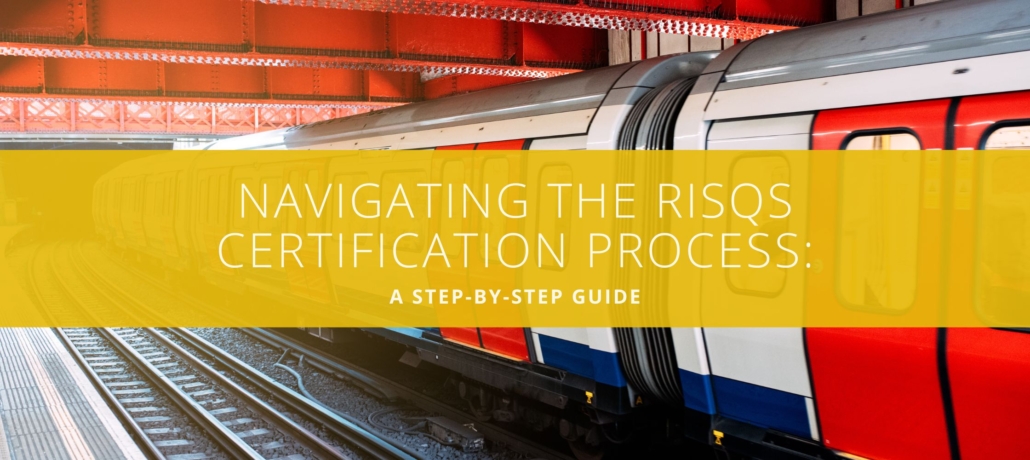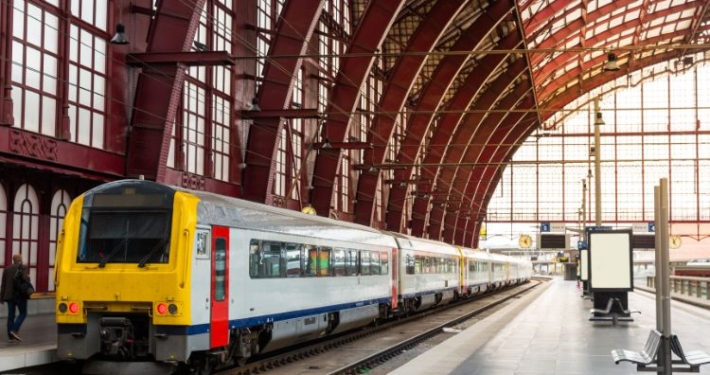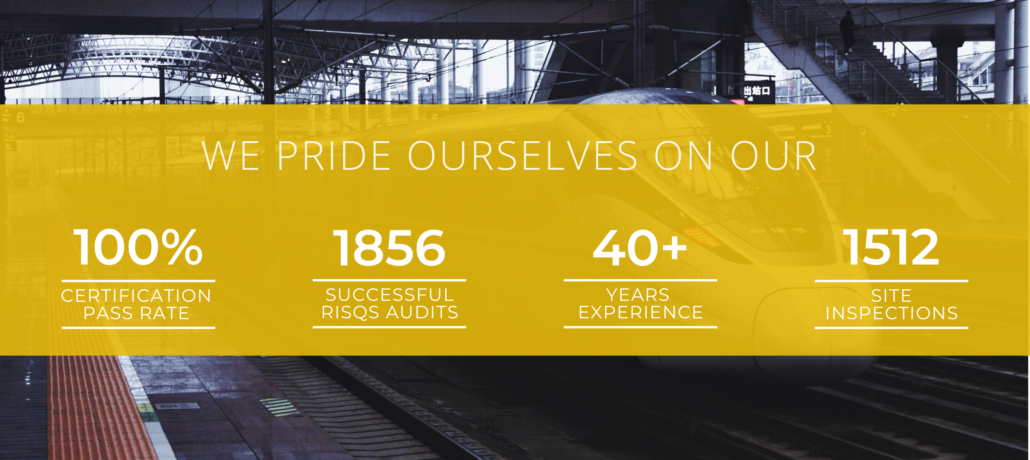Navigating the RISQS Certification Process: A Step-by-Step Guide
Introduction
Embarking on the RISQS certification process is a pivotal step for suppliers in the UK Rail Industry. Achieving RISQS certification not only enhances credibility but also unlocks access to a myriad of contracting opportunities. In this comprehensive guide, we’ll walk you through each stage of the RISQS certification process, providing valuable insights and tips to help you navigate it successfully.
Step 1: Understanding RISQS Certification
Before delving into the RISQS certification process, it’s crucial to grasp the significance of the RISQS scheme and why businesses in the UK Rail Industry need it. RISQS, short for Railway Industry Supplier Qualification Scheme, is a pre-qualification scheme designed to assess and monitor the competence and compliance of suppliers within the rail sector. Managed by the Rail Safety & Standards Board (RSSB), RISQS serves as the industry’s benchmark for supplier assurance, ensuring that suppliers meet rigorous standards of safety, competence, and compliance.
In the dynamic and safety-critical environment of the UK Rail Industry, RISQS certification is essential for businesses seeking to provide goods and services to rail infrastructure projects. It not only demonstrates a contractor’s commitment to excellence but also signifies their adherence to industry standards and regulations. By obtaining RISQS certification, businesses showcase their ability to deliver high-quality services safely and efficiently, thereby instilling confidence among clients, stakeholders, and regulatory bodies.
Moreover, RISQS certification opens doors to a multitude of contracting opportunities within the rail sector. All rail clients require suppliers to be RISQS-certified before engaging in any business transactions. Therefore, RISQS certification enhances a business’s marketability and competitiveness, enabling them to access a broader range of projects and contracts.
In summary, RISQS certification is a vital component of doing business in the UK Rail Industry. It validates a supplier’s competence, safety practices, and compliance with industry standards, while also unlocking new opportunities for growth and expansion. Understanding the importance of RISQS certification lays the foundation for navigating the certification process effectively and reaping its benefits in the competitive landscape of the rail sector.
Step 2: Preparing for the RISQS Certification process
Preparation is key to success in the RISQS certification process. Suppliers should start by familiarising themselves with RISQS requirements and standards. This may involve reviewing documentation, such as the RISQS protocol and Handbook. Along with conducting internal assessments to identify areas for improvement. Gathering necessary documentation and ensuring compliance with RISQS standards are crucial steps in preparing for certification.
Step 3: Submitting the Application
Once preparations are complete, suppliers can proceed to submit their application for RISQS certification. The application process typically involves providing detailed information about the company’s operations, safety practices, and quality management systems. It’s essential to complete the application accurately and thoroughly to avoid delays or complications in the certification process.
Step 4: Preparing for the Audit
After submitting the application, suppliers should prepare for the RISQS audit. Auditors will assess the contractor’s compliance with RISQS standards through document reviews, on-site inspections, and interviews. Suppliers should ensure that all necessary documentation is readily available and that key personnel are prepared to participate in the audit process.
Step 5: Conducting the Audit
During the audit, RISQS auditors will evaluate the contractor’s adherence to RISQS protocols and requirements. This will include reviewing safety policies and procedures, examining records of training and competency assessments, and assessing the suppliers overall safety culture. Suppliers should be transparent and cooperative throughout the audit process, addressing any questions or concerns raised by the auditors.
Step 6: Addressing Audit Findings
If the audit identifies areas of non-compliance or areas for improvement, suppliers will be given an opportunity to address these findings. This may involve implementing corrective actions, revising procedures, or providing additional evidence of compliance. Suppliers should take audit findings seriously and work diligently to resolve any issues identified by the auditors.
Step 7: Receiving Certification
Upon successful completion of the audit and resolution of any outstanding issues, suppliers will receive their RISQS certification. This certification not only demonstrates compliance with industry standards but also provides access to the RISQS database, where suppliers can showcase their credentials to potential clients and stakeholders. Achieving RISQS certification is a significant milestone for suppliers in the UK Rail Industry, opening doors to new opportunities and reinforcing their commitment to excellence.
Conclusion
Navigating the RISQS certification process is a crucial step for suppliers seeking to establish themselves as trusted partners in the UK Rail Industry.
At Simpson Consultancy, we understand the intricacies of the RISQS certification process and are dedicated to helping our valued clients achieve success. With our expert guidance and support, you can navigate each stage of the certification process with confidence and ease. Our team of experienced consultants is committed to providing personalised assistance tailored to your specific needs and requirements.
Whether you’re preparing for your first RISQS audit or seeking to enhance your current certification status, Simpson Consultancy is here to help. Get in touch with us today for a free, no-obligation quote, and let us be your partner on the path to RISQS certification success.







